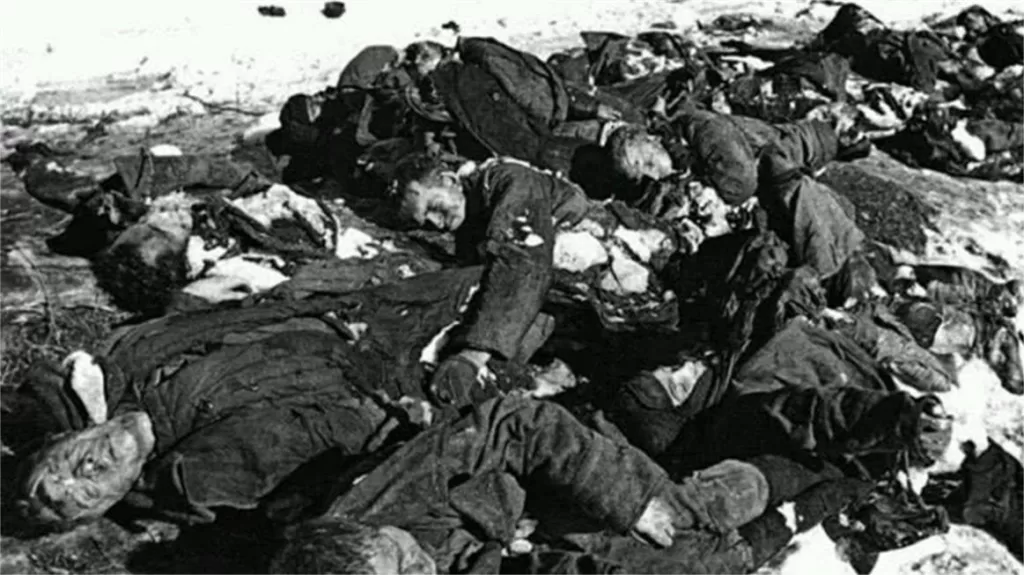Le massacre de Nanjing a-t-il été planifié ?


Le massacre de Nanjing, also known as the Rape of Nanking, was a tragic event that took place during the Second Sino-Japanese War (1937-1945) in December 1937, when Japanese forces captured the Chinese city of Nanjing (formerly known as Nanking). The massacre involved widespread atrocities committed by Japanese soldiers against Chinese civilians and disarmed combatants.
While there is historical evidence to suggest that the Nanjing Massacre was a planned event, it’s important to note that the level of organization and premeditation has been a subject of debate among historians. Here are some key points regarding the planning and execution of the massacre:
Military Objectives: Japanese military forces, under the command of General Matsui Iwane, planned to capture Nanjing as part of their overall campaign to conquer China. The strategic importance of Nanjing, which served as the capital of the Republic of China at the time, made it a prime target for Japanese forces.
Initial Assault: Japanese forces launched a full-scale assault on Nanjing on December 13, 1937. The Chinese defenders were overwhelmed, and the city fell to Japanese control within a few days.
Breakdown of Military Discipline: Once inside the city, the Japanese troops faced little resistance. Reports suggest that the lack of strict military discipline, breakdown in command, and the absence of effective control mechanisms contributed to the subsequent atrocities. Some argue that this lack of discipline indicates a failure of leadership rather than a meticulously planned operation.
Systematic Violence: In the weeks following the capture of Nanjing, Japanese soldiers engaged in widespread acts of violence, including mass killings, rapes, looting, arson, and other forms of brutality. Estimates of the number of victims vary widely, ranging from tens of thousands to hundreds of thousands.
Testimonies and Eyewitness Accounts: There are numerous testimonies from survivors, foreign journalists, and other eyewitnesses who documented the atrocities during and after the events in Nanjing. These accounts provide compelling evidence of the systematic and organized nature of the violence, suggesting that it was not merely a result of individual soldiers’ actions.
Orders from High Command: Some historical records and testimonies claim that Japanese high-ranking officers issued orders explicitly instructing their soldiers to engage in mass killings and widespread violence. These orders, if accurate, indicate a degree of premeditation and planning on the part of the Japanese military leadership.
Destruction of Evidence: As the war drew to a close and Allied forces advanced, the Japanese military attempted to cover up the evidence of the Nanjing Massacre. This involved destroying documents, burying bodies in mass graves, and intimidating witnesses to prevent them from testifying about the atrocities.
In conclusion, while the exact level of planning and organization behind the Nanjing Massacre remains a subject of debate, there is significant evidence to suggest that the violence and atrocities committed by Japanese forces in Nanjing were not simply spontaneous acts but involved a degree of premeditation and systemic brutality. The available historical records, testimonies, and eyewitness accounts provide insight into the horrific events that took place during this tragic episode in history.
Autres faits concernant le massacre de Nanjing
- Que s'est-il passé dans le monde pendant le massacre de Nanjing ?
- Quelles sont les causes du massacre de Nanjing ?
- Effets et résultats du massacre de Nanjing
- Le bilan du massacre de Nanjing - controverses et points communs
- Ce qui s'est passé lors du massacre de Nanjing
Faits relatifs au massacre de Nanjing